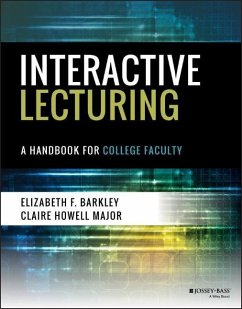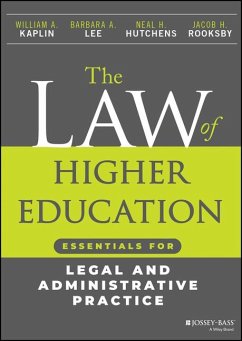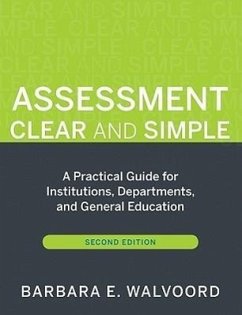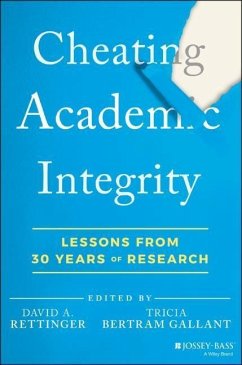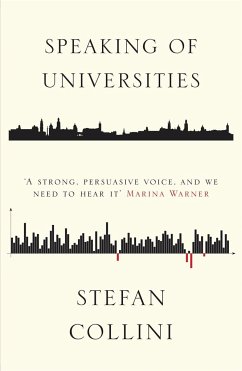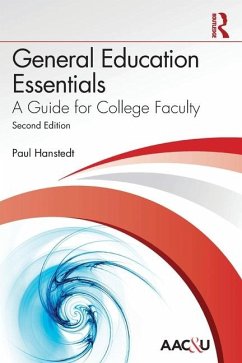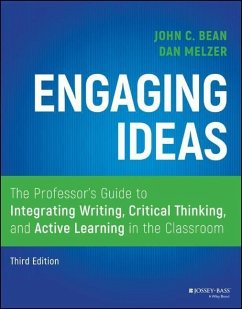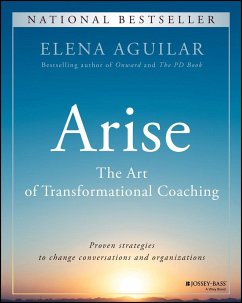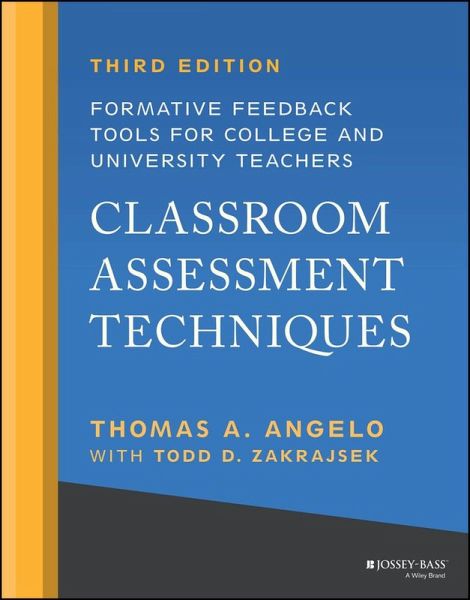
Classroom Assessment Techniques
Formative Feedback Tools for College and University Teachers
Versandkostenfrei!
Versandfertig in 2-4 Wochen
61,99 €
inkl. MwSt.
Weitere Ausgaben:

PAYBACK Punkte
31 °P sammeln!
Practical, research-based tools for using classroom assessment to improve learning outcomes In the revised and updated Third Edition of Classroom Assessment Techniques , veteran educator and education leader Thomas A. Angelo, along with Todd D. Zakrajsek, delivers an engaging, research-based guide to assessing student learning. The book is informed by the latest international education research and 30 years of hands-on classroom assessment practice. You'll learn to analyze the classroom environment, consider the resulting data, and use that data to improve student learning outcomes. This clear...
Practical, research-based tools for using classroom assessment to improve learning outcomes In the revised and updated Third Edition of Classroom Assessment Techniques , veteran educator and education leader Thomas A. Angelo, along with Todd D. Zakrajsek, delivers an engaging, research-based guide to assessing student learning. The book is informed by the latest international education research and 30 years of hands-on classroom assessment practice. You'll learn to analyze the classroom environment, consider the resulting data, and use that data to improve student learning outcomes. This clearly written handbook contains over 50 classroom assessment techniques (CATs), complete with self-contained "recipes" that include descriptions, implementation steps, do's-and-don'ts, and references. It also offers case studies and examples that highlight the concepts discussed within, and a new Course Learning Outcomes Inventory--a self-assessment tool for identifying and prioritizing relevant learning outcomes. Perfect for post-secondary teachers from all disciplines, as well as faculty and academic developers, the Third Edition of Classroom Assessment Techniques is a comprehensive collection of field-tested advice, tools, and resources for planning, designing, and implementing formative assessment in face-to-face, hybrid, and fully online classrooms.




